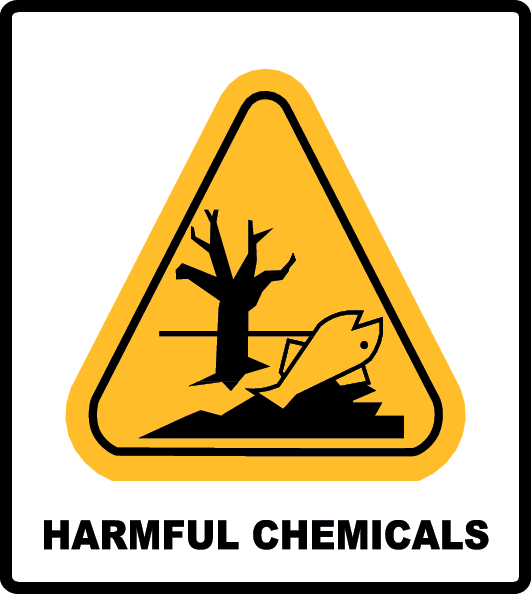
by Industrial Degreasers | Nov 2, 2016 | N-Propyl Bromide
Also referred to as 1-bromopropane and n-propyl bromide, nPB has been used as an industrial solvent for many years with great success. However, based on research that led the U.S. Department of Health’s National Toxicology Program (NTP) to identify nPB as a solvent...


